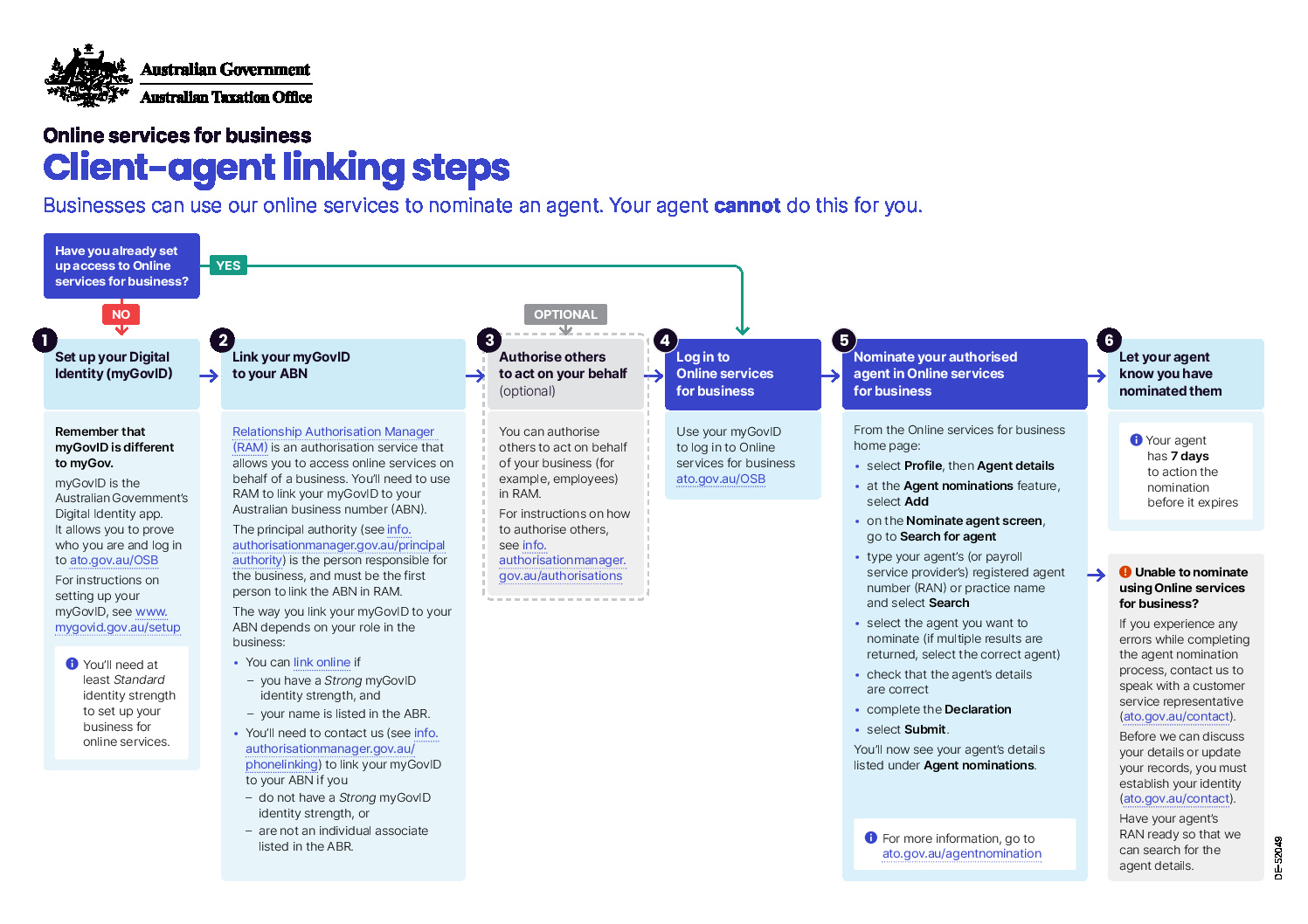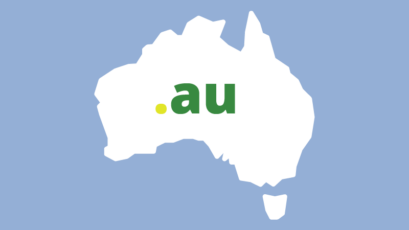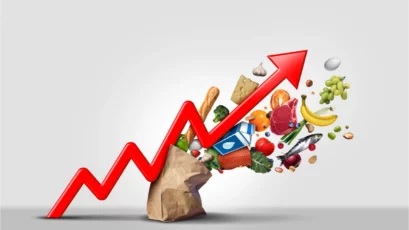Tax time is almost upon us so it’s time to get prepared. Here’s your tax planning guide including an update of what’s changing this year, to help you get EOFY ready.
Update: Tax Planning 2020 Guide – Individual Tax Deductions
In this guide:
- Income tax changes for 2016/17
- General year end tax planning strategies
- Income tax changes – small businesses
- Income tax changes – individuals
- Superannuation – relevant thresholds
Income Tax Changes for 2016/17
Several tax changes apply in the 2016/17 income year. A brief summary is provided in this guide.
There may be some advantages in acting on some of these items before 30 June 2017.
If you think any of these changes may affect you, please contact us for more details.
General Year End Tax Planning Strategies
Here are a few strategies to consider before finalising your tax this year.
Definition of small business
The definition of a Small Business (SBE) has changed from having $2 million in turnover to $10 million in turnover. Many more businesses will now have access to the SBE tax concessions.
Business income and expenses
Subject to cash flow requirements, consider deferring income until after 30 June, especially if you expect lower income for 2017/18 compared to 2016/17.
Most businesses are taxed on income when it is invoiced. Some small businesses may be taxed only when income is received. Income from construction contracts is generally taxed when progress payments are invoiced or received.
Ensure that you have complied with the requirements to claim deductions in 2016/17:
- Bad debts must be written off in your accounts before 30 June
- Employer and/or self-employed superannuation contributions must be paid to, and received by, the super fund before 30 June and must be within the contributions cap ($35,000 for individuals aged 49 or over on 30 June 2017, otherwise $30,000)
- Depreciation can be claimed for assets first used, or installed ready for use, before 30 June
- Small businesses (turnover less than $10 million) can claim expenses prepaid up to 12 months in advance – for larger businesses, this is generally limited to expenses below $1,000
- Wages paid to your spouse or family members must be reasonable for the work performed.
Small businesses planning major purchases or replacements of capital equipment should contact us for advice. Careful timing of those transactions can result in substantial tax savings.
Review valuations of trading stock in the lead up to 30 June. Best practice is generally to value stock at the lower cost or market selling value. This may change if you expect a tax loss for 2016/17, or substantially higher income in 2017/18 compared to 2016/17.
Personal income, deductions and tax offsets
Subject to cash flow requirements, set term deposits to mature after 1 July, rather than before 30 June.
Consider realising capital losses if you have already realised capital gains on other assets during 2016/17. Conversely, consider realising capital gains if you have unrecouped capital losses, especially if you expect substantially higher income in 2017/18 compared to 2016/17.
If you expect lower income in 2017/18 due to retirement or any other reason, consider deferring income until after 1 July, when you will be in a lower tax bracket. If you are a primary producer and you expect a permanent reduction in income, consider withdrawing from the income averaging system.
Access to the Net Medical Expenses Tax Offset is restricted to medical expenses relating to disability aids, attendant care or aged care.
Arrange for deductible donations to be grouped in the higher income year, if you expect substantially higher or lower income in 2017/18 compared to 2016/17. Make all donations in the name of the higher income earner.
If you plan to purchase income-producing assets, consider acquiring assets that will generate positive cash flow in the name of the lower income earner. Conversely, consider acquiring negatively geared assets in the name of the higher income earner.
Residency changes
Contact us for advice if you have moved to or from Australia for an extended period. You may need to review your residency status for tax purposes. There are important tax consequences if you change residency.
Trusts
Trustees of trusts should ensure that all necessary documentation is completed before 30 June, where you intend to stream capital gains or franked distributions to specific beneficiaries.
Family discretionary trusts may need to make a family trust election if the trust has unrecouped losses, or has beneficiaries whose total franking credits for the year may exceed $5,000.
Tax shelter schemes
Be sceptical of year-end tax shelter schemes. You should not enter a scheme without advice regarding both its tax consequences and commercial viability.
Income Tax Changes – Small Business
Tax rate
The tax rate for small business entity (SBE) companies is 27.5% from 1 July 2016.
Individual small business taxpayers are entitled to 5% discount of the income tax payable on the business income received from a small business entity (other than a company), up to a maximum of $1,000 a year.
Accelerated Depreciation
An immediate deduction is available for an asset costing less than $20,000 acquired on or after 12 May 2016 and first used or installed ready for use between 12 May 2016 and 30 June 2017.
The balance of the general small business pool is also immediately deducted if the balance is less than $20,000 at 30 June.
Blackhole Expenditure
From 1 July 2016, start-up companies, trusts or partnerships can immediately deduct a range of professional expenses associated with starting a new business (e.g. professional, legal and accounting advice). This only applies to SBE’s.
Income Tax Changes – Individuals
Car expenses
From the 2015/16 tax year, the 1/3 of actual expenses and the 12% of original value method for claiming work related car expenses can no longer be used.
A single flat rate of 66 cents per kilometre is to be used for the cents per km method. Alternatively, a log book must be maintained for a 12 week period to determine the business percentage of all running costs.
Zone tax offset
From the 2015/16 tax year, the zone tax offset excludes ‘fly-in fly-out’ and ‘drive-in drive-out’ workers where their normal residence is not within a ‘zone’.
Superannuation – relevant thresholds
Super co-contribution
Super co-contribution helps eligible people boost their retirement savings.
If you’re a low or middle-income earner and make personal (after-tax) contributions to your super fund, the government also makes a contribution (called a co-contribution) up to a maximum amount of $500.
The full co-contribution rate applies for income up to $36,021 and the partial co-contribution applies for income up to $51,021 for the 2016/17 tax year.
Concessional Contributions
The concessional contribution caps for the 2016/2017 tax year are:
- $30,000 for people aged up to 48 years or under as at 30 June 2016;
- $35,000 for people aged 49 years and over.
These represent the limit on the amount of contributions you can make within the year, and include the Super Guarantee payments made on your behalf by your employer.
Should you wish to discuss your superannuation needs, please contact the team at Superfund Partners.
For help with any of the above information in our guide above, reach out and we’ll happily talk you through it step-by-step













